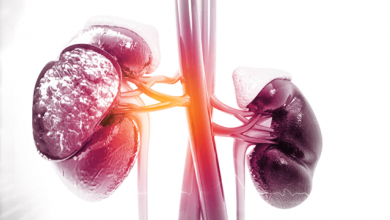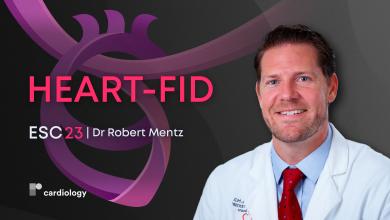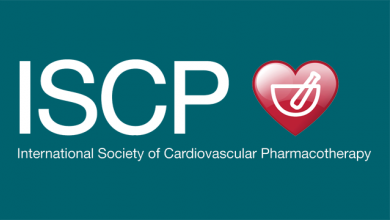Search results
Author(s):
Sophie Mavrogeni
,
George Markousis-Mavrogenis
,
Genovefa Kolovou
Added:
3 years ago
Systemic means ‘pertaining to or affecting the whole body’ as opposed to a localised condition. A systemic disease is one that affects a number of organs and tissues, or the body as a whole. Systemic diseases, according to WHO classification,1 and cardiac diseases that developed during their course, are listed in Table 1.
Download original
Thyroid diseases, pheochromocytoma and growth hormone…
View more
Hidden in Heart Failure
Author(s):
Douglas Ewan Cannie
,
Mohammed Majid Akhtar
,
Perry Elliott
Added:
3 years ago
Article
Author(s):
Peter P Swoboda
,
Adam K McDiarmid
,
Stephen P Page
,
et al
Added:
3 years ago
Inherited cardiomyopathies are primary disorders of the heart muscle that have a genetic basis. On long-term follow-up they are associated with adverse outcomes, particularly sudden death, arrhythmia and heart failure.1 The diagnosis is made on the basis of clinical, cardiac imaging (primarily with transthoracic echocardiography) and genetic features,2 ideally by a tertiary inherited cardiac…
View more
Author(s):
Gianfranco Sinagra
,
Michele Moretti
,
Giancarlo Vitrella
,
et al
Added:
3 years ago
According to the latest position statement of the European Society of Cardiology (ESC), cardiomyopathies (CMP) are defined as “myocardial disorders in which the heart muscle is structurally and functionally abnormal, in the absence of coronary artery disease, hypertension, valvular disease and congenital heart disease sufficient to cause the observed myocardial abnormality”.1
CMP may be…
View more
Author(s):
David K Ryan
,
Debasish Banerjee
,
Fadi Jouhra
Added:
1 year ago
Author(s):
Andrew K Roy
,
John Keaney
,
Niall G Mahon
,
et al
Added:
3 years ago
The coexistence of heart and kidney disease represents an evolving epidemic in an ageing population, with chronic kidney disease (CKD) incidence rates increasing annually.1 The effect of dysfunction of one kidney mediates profound effects on the other, recently described and defined as five distinctive cardiorenal subtypes by the Acute Dialysis Quality Initiative consensus group.2 Much work has…
View more
CVD in CKD: An Introduction
Author(s):
Hilary Warrens
,
Debasish Banerjee
,
Charles A Herzog
Added:
1 year ago
Article
Author(s):
Robert Mentz
Added:
7 months ago
ESC 2023 — Dr Robert Mentz (Duke University Medical Center, US) joins us to provide a succinct summary of the findings and key take-home messages from the HEART-FID study (NCT03037931).
HEART-FID(American Regent, Inc.) aimed to determine the safety and efficacy of iron therapy using intravenous (IV) ferric carboxymaltose (FCM) as compared to a placebo in the treatment of patients with heart…
View more
Curcumin Analogue GO-Y030 Significantly Improves Pressure Overload-induced Heart Failure in Vivo
Author(s):
Kana Shimizu
,
Masafumi Funamoto
,
Mai Genpei
,
et al
Added:
3 years ago
Article
Author(s):
Mikuto Tojima
,
Yasufumi Katanasaka
,
Yoichi Sunagawa
,
et al
Added:
2 years ago














